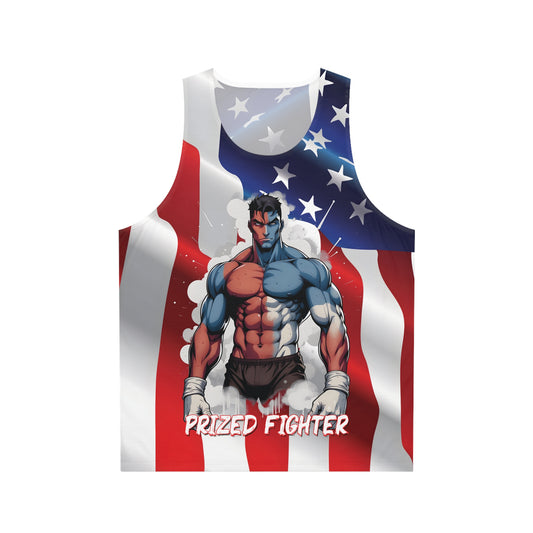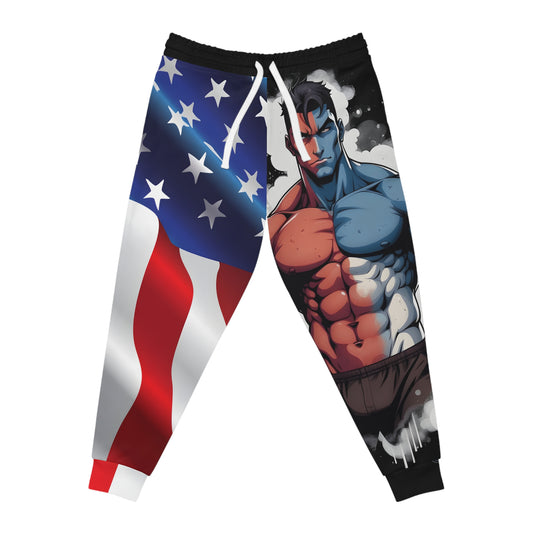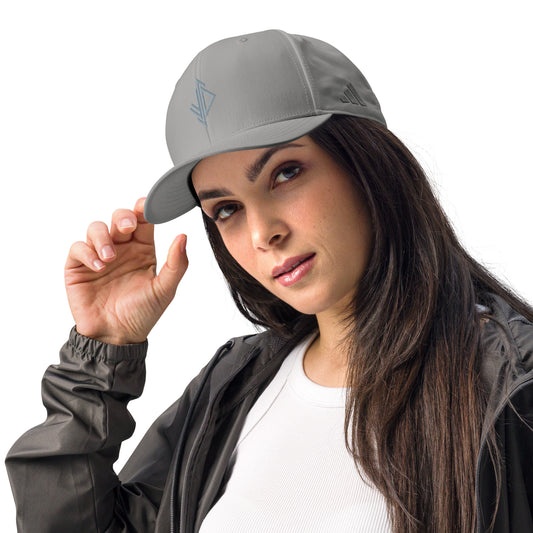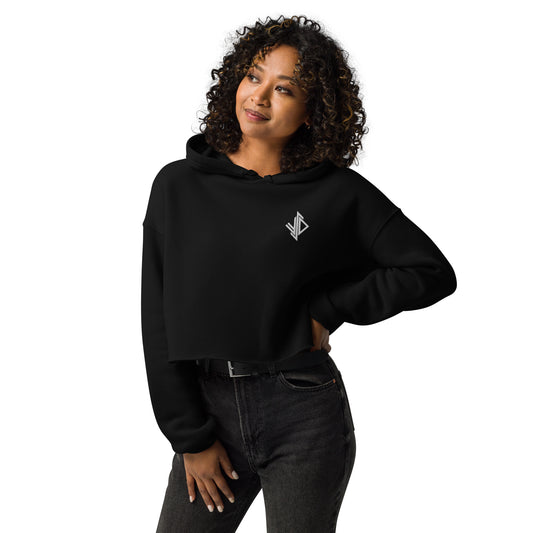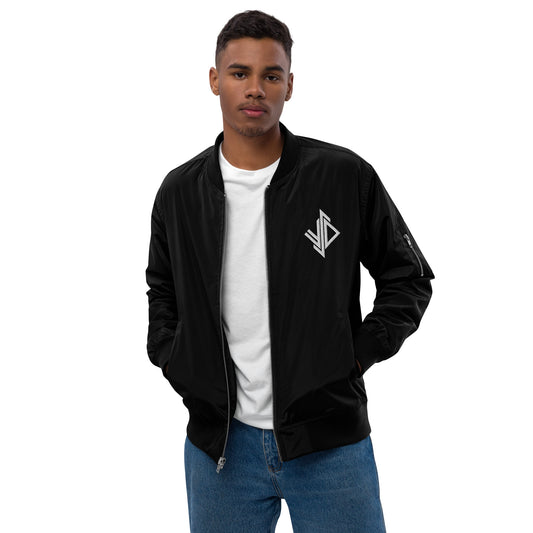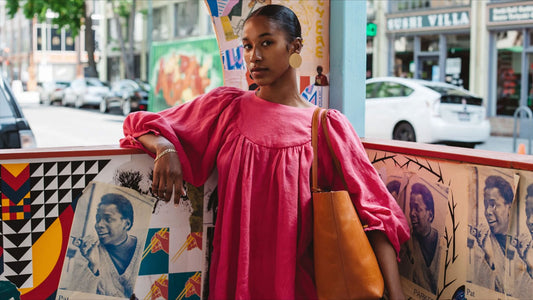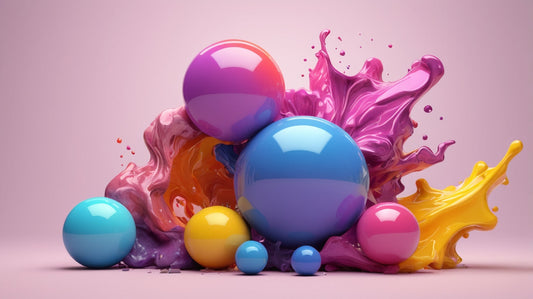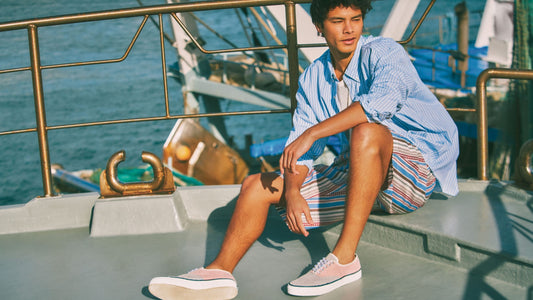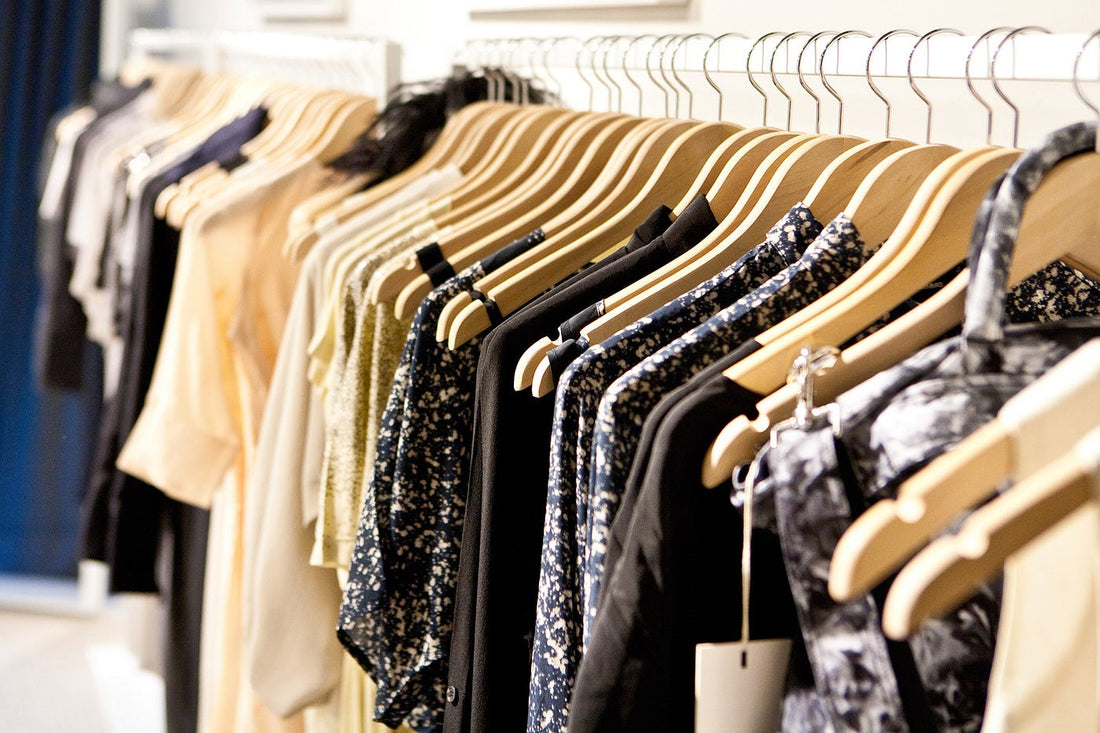
Top Luxury Fashion Brands: Detailed Analysis Guide
The luxury fashion industry has established itself as a cornerstone of global consumer culture. Amidst an ever-changing landscape characterized by emerging trends and consumer preferences, certain brands have carved out a niche for themselves, becoming synonymous with elegance, quality, and exclusivity. In this article, we delve deep into the world of the top luxury fashion brands, providing comprehensive insights into their revenue figures, market share, popularity, advances in technology, and future directions. This extensive examination will help you understand what keeps these brands at the pinnacle of the luxury fashion hierarchy.


1. Louis Vuitton: The Titan of Luxury
Revenue: Louis Vuitton, a flagship brand of the LVMH Moët Hennessy Louis Vuitton conglomerate, continues to dominate the luxury market, generating revenues of around $17.5 billion in 2022. This remarkable figure underlines Louis Vuitton's ability to not just survive but thrive in a competitive landscape.
Market Share: As one of the foremost luxury fashion houses, Louis Vuitton holds an impressive market share, often accounting for approximately 20% of the global luxury goods market. This stronghold is a testament to the brand's unwavering customer loyalty and innovative marketing strategies.
Popularity: The allure of Louis Vuitton lies in its timeless monogram and unparalleled craftsmanship. The brand is revered not only for its bags but also for its ready-to-wear collections, shoes, and accessories. Celebrity endorsements and influencers have propelled its popularity, making it a staple in the wardrobes of fashion aficionados worldwide.
Advances in Technology: Embracing modern technology, Louis Vuitton has rolled out augmented reality applications that enable customers to visualize their purchases in real-world settings. Moreover, the brand has significantly invested in its e-commerce platform, ensuring a seamless shopping experience for consumers across the globe.
Future Outlook: Looking ahead, Louis Vuitton seems poised to expand further into sustainability, aiming to incorporate eco-friendly materials and practices within its supply chain. This alignment with contemporary consumer values, coupled with its legacy of luxury, positions the brand for continued success.

2. Gucci: The Trendsetter
Revenue: Under the Kering Group's umbrella, Gucci continues to impress with revenues of approximately $10.4 billion in 2022. This figure showcases the brand’s adeptness at balancing tradition and innovation.
Market Share: Gucci commands roughly 8% of the global luxury market, demonstrating its ability to resonate with consumers across various demographics. This market share is bolstered by the brand's strong narrative and commitment to craftsmanship.
Popularity: Known for its audacious designs, vibrant colors, and cultural references, Gucci has become a favorite among younger consumers. Collaborations with artists, musicians, and high-profile influencers have further elevated its status, making it a cultural phenomenon within and beyond fashion.
Advances in Technology: Gucci has effectively integrated technology into its brand strategy. From virtual fashion collections to augmented reality experiences, the brand is at the forefront of digital innovation in luxury. Its campaigns on social media platforms often set trends that redefine consumer engagement in the luxury sector.
Future Outlook: Gucci's commitment to sustainability and innovation will likely shape its future. The brand is exploring eco-friendly materials and production processes while continuing to engage with consumers through immersive digital experiences.

3. Chanel: The Icon of Timeless Elegance
Revenue: Chanel, often regarded as the epitome of luxury, reported approximately $11.1 billion in revenue for 2022. This enduring success reflects the brand's ability to appeal to varied consumer preferences without losing its essence.
Market Share: Chanel holds a significant portion of the luxury market, particularly in perfumes and cosmetics, which are integral to its overall appeal. Its market share is indicative of its strong brand loyalty and cultural significance.
Popularity: With iconic products like the Chanel No. 5 perfume and the classic Chanel suit, the brand's popularity transcends generations. Chanel has cultivated a reputation for sophistication and style, making it a preferred choice for consumers seeking classic luxury.
Advances in Technology: While historically conservative, Chanel has started to embrace technology. The brand has experimented with virtual try-ons for makeup and enhanced its online shopping experience to meet the demands of the modern consumer.
Future Outlook: Chanel is likely to balance its traditional craftsmanship with progressive technological integrations, focusing on personalized consumer experiences while upholding its legacy of elegance and exclusivity.

4. Hermès: The Artisan of Luxury
Revenue: Hermès has seen robust growth, marking approximately $11.2 billion in revenue for 2022. This figure illustrates the brand's unique positioning as a luxury artisan.
Market Share: Hermès maintains about 7% of the global luxury fashion market, particularly excelling in leather goods. The brand's exclusivity is a key driver of its desirability.
Popularity: Renowned for its meticulous craftsmanship, Hermès has products like the Birkin bag that have become symbols of status and wealth. The brand's limited availability lends an air of exclusivity that enhances its allure.
Advances in Technology: While Hermès traditionally prioritizes artisanal craftsmanship, it is gradually integrating technology into its operations. The brand is exploring e-commerce avenues to reach a broader audience while preserving its image as a luxury artisan brand.
Future Outlook: Hermès is poised to continue its legacy of craftsmanship while adopting sustainable practices and enhancing customer engagement through controlled digital strategies.

5. Prada: The Innovator
Revenue: Prada reported revenues of approximately $3.54 billion in 2022, underscoring its role as an influential player in high fashion.
Market Share: The brand commands about 4% of the luxury fashion market, focusing on innovative design and unique materials.
Popularity: Prada has a loyal following due to its avant-garde approach to fashion, challenging conventional styles and aesthetics.
Advances in Technology: Prada is committed to sustainability, actively seeking ways to incorporate eco-friendly practices into its operations. The brand has also leveraged digital technologies to enhance customer experiences online.
Future Outlook: Prada's future is likely to emphasize sustainability and innovation, aligning with the growing consumer demand for ethical practices in luxury fashion.

6. Burberry: The British Heritage Brand
Revenue: Burberry generated approximately $3.6 billion in revenue in 2022, highlighting its ongoing relevance in the luxury market.
Market Share: The brand holds around 2% of the global luxury market and is well-known for its distinctive tartan pattern and trench coats.
Popularity: Burberry enjoys a robust brand identity that resonates with consumers looking for quality and heritage in their luxury purchases.
Advances in Technology: Burberry has made significant strides in digital marketing, utilizing social media to engage younger audiences. The brand has been at the forefront of implementing augmented reality in retail experiences, further enhancing consumer interaction.
Future Outlook: Burberry is expected to maintain its commitment to digital innovation and sustainability, continuously adapting to the evolving luxury market while preserving its heritage.

7. Fendi: The Luxurious Innovator
Revenue: Fendi reported approximately $1.5 billion in revenue in 2022, marking its presence in the luxury market.
Market Share: The brand occupies a smaller market share, around 1.5%, but remains influential within niche luxury segments.
Popularity: Fendi is renowned for its luxurious fur and leather goods, appealing to consumers interested in high-quality craftsmanship and trendy designs.
Advances in Technology: The brand has embraced e-commerce and social media to broaden its reach and interact with consumers. Innovative design technologies are also being used to enhance product development.
Future Outlook: As consumer preferences shift toward sustainability, Fendi may prioritize eco-friendly practices and materials, ensuring its relevance in a changing market.

8. Versace: The Bold Glamour
Revenue: Versace reported revenues of approximately $1.3 billion in 2022, illustrating its enduring appeal in the fashion world.
Market Share: The brand has a limited market share, around 1% of the luxury fashion sector, but continues to make a significant cultural impact.
Popularity: Known for its daring designs and vibrant aesthetic, Versace has cultivated a celebrity following, making it a staple in glamorous fashion circles.
Advances in Technology: The brand has effectively utilized digital marketing strategies to elevate its visibility and engage with a younger audience, implementing e-commerce platforms to enhance accessibility.
Future Outlook: Versace is anticipated to maintain its glamorous style while exploring new markets and innovative marketing strategies to attract modern consumers.

9. Valentino: The Romance of Fashion
Revenue: Valentino generated about $1 billion in revenue in 2022, emphasizing its unique position within the luxury fashion landscape.
Market Share: The brand holds a modest portion of the luxury market, around 1%, yet is recognized for its exquisite craftsmanship and romantic appeal.
Popularity: Valentino's signature rockstud embellishments and elegant designs have garnered a loyal following, particularly among women seeking refined luxury.
Advances in Technology: Valentino has embraced technology through online retail and digital marketing strategies, enhancing its engagement with consumers while expanding its market reach.
Future Outlook: The brand is likely to continue focusing on unique design aesthetics while leveraging technology to enhance customer experiences and broaden its appeal.

10. Dolce & Gabbana: The Italian Glamour
Revenue: Dolce & Gabbana reported revenues of approximately $1.5 billion in 2022, maintaining its stature in the luxury sector.
Market Share: The brand commands about 1.5% of the global luxury fashion market, thanks to its opulent designs and strong cultural roots.
Popularity: Dolce & Gabbana is celebrated for its bold designs and Italian heritage, making it a favored choice among affluent consumers and celebrities alike.
Advances in Technology: The brand has successfully leveraged online retail and social media for promotion, connecting directly with consumers and keeping the brand relevant in contemporary fashion.
Future Outlook: Dolce & Gabbana is expected to continue its extravagant aesthetic while exploring innovative marketing strategies and sustainability practices to align with modern consumer values.

FAQ: Top Luxury Fashion Brands
What are the top luxury fashion brands today?
The top luxury fashion brands today include iconic names like Gucci, Louis Vuitton, Chanel, and Prada. Each of these brands is renowned for their quality craftsmanship, timeless designs, and status symbol appeal, making them leaders in the luxury fashion market.
How do I know if a brand is considered a luxury fashion brand?
A brand is typically considered a luxury fashion brand if it has a strong heritage of creating high-quality products, exclusive pricing, and an image of prestige. The top luxury fashion brands often leverage limited-edition releases and exceptional customer service to maintain their elite status.
What differentiates top luxury fashion brands from other fashion labels?
The top luxury fashion brands distinguish themselves through their commitment to quality, exclusive materials, and innovative design. Additionally, they often have a long-standing history and cultural significance that add to their allure and desirability in the marketplace.
How can I invest in items from top luxury fashion brands?
Investing in items from top luxury fashion brands can be rewarding. You can shop directly from brand boutiques, authorized retailers, or online luxury marketplaces. It’s essential to do your homework and ensure authenticity, especially if purchasing second-hand or vintage pieces.
Are top luxury fashion brands worth the investment?
While top luxury fashion brands can have a higher upfront cost, they often retain their value and can even appreciate over time, making them a worthwhile investment for fashion enthusiasts and collectors alike. The quality and craftsmanship associated with these brands often justify the investment.
Conclusion
The landscape of luxury fashion is marked by fierce competition and constant evolution. The brands explored in this article not only excel in revenue and market share but also embody the essence of luxury through their unique identities and artistic expressions. As they navigate the challenges of technology and sustainability, the future of the top luxury fashion brands will depend on their ability to adapt while remaining true to their core values. This intricate blend of legacy, innovation, and consumer connectivity will define their paths forward in the dynamic world of luxury fashion.


